There is an Arabic proverb that goes like this: “tip the jug over on its head, the girl will turn out like her mother.” As you may have already guessed, this proverb is essentially the Arabic version of “the apple doesn’t fall far from the tree.” It seems like no matter where we are from, what culture we are raised in, or what we choose, we are all doomed to become our parents. The film, Sand Storm (2016), takes a closer look into this age-old truth and shows us exactly how and why this happens through the eyes of one Bedouin family in the midst of a crisis.
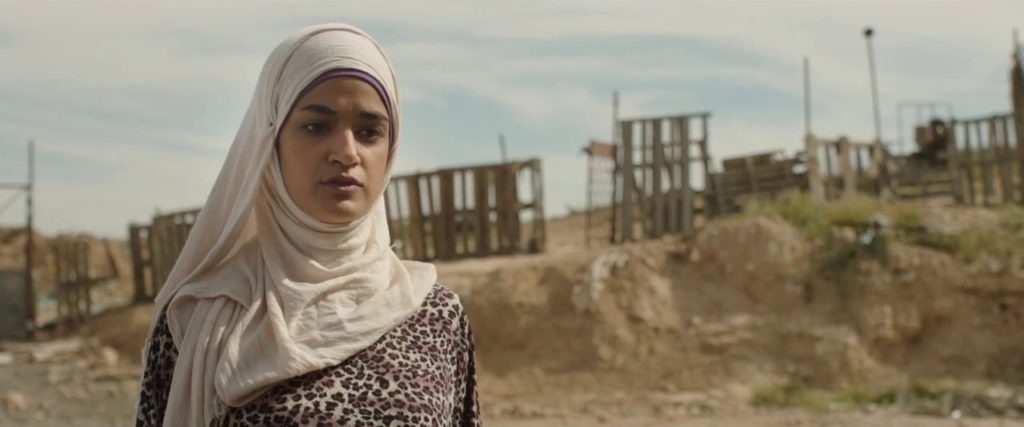
The film opens with our title character, Layla, receiving a driving lesson from her father, Suliman. At first, he appears to have all the makings of a strong parent. He scolds her for her poor grades, showing concern because he knows she can do better. He tells her to keep her eyes on the road and not on her cell phone. He can be tough on Layla, but ultimately, we are to understand that he loves her deeply. It seems he is someone she relies on to have her back.
Their mutual understanding contrasts immediately with the relationship Layla has with her mother, who spends the film preoccupied with making all the necessary arrangements for her husband’s impending second marriage. Through her mother’s eyes, we see the growing resentment she harbors towards her husband. Like many women whose husbands take on multiple wives, Layla’s mother, Jalila, is expected to welcome the new wife with open arms. While Jalila has her hands full preparing for the arrival of her husband’s bride, she discovers her daughter has been carrying on a secret love affair with a boy from her university. Furious, she takes her pent-up anger out on Layla, chastising her for improper behavior with a boy from another tribe. In the Bedouin community, children are expected to marry whomever their parents choose.
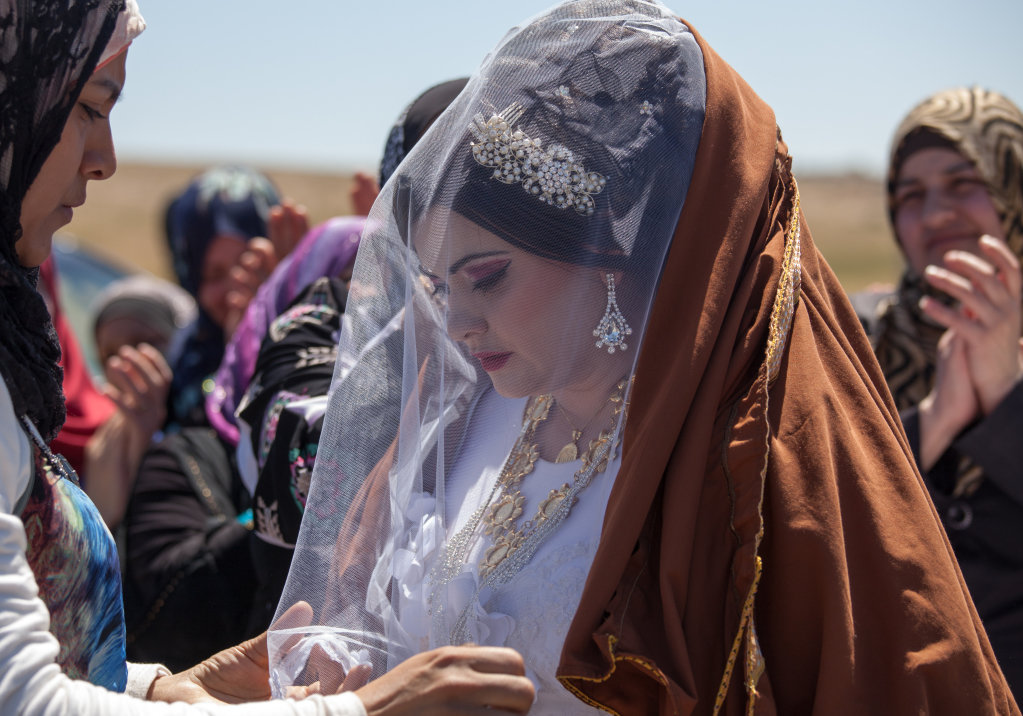
“What do you think your father will say?” Jalila challenges Layla. It doesn’t matter that her mother doesn’t approve; Layla remains adamant her father will understand. Her mother, however, isn’t so sure. While her mother is initially painted as a sort of antagonist in Layla’s story, we as an audience can’t help but feel that Jalila knows better.
Themes Explored in Sand Storm
Tradition vs Modernization
The majority of the film takes place against the backdrop of Layla’s small, Bedouin village in the Negev desert. Located in Southern Israel, the Negev Desert has long been home to nomadic Bedouin tribes whose tradition dates back centuries. The Bedouin have survived and endured such a long history due to their strong sense of culture, tradition, and commitment to the security and support of their tribes. While the Bedouin are one of the oldest cultures in the world, their history is slowly vanishing over time, due in part to encroaching Western culture.
Nods to the increased influence of Western culture are seen throughout the film, such as the Western clothes many of the younger children wear. In addition to westernization making its way into the Bedouin community, modernization is a theme explored subtly in Sand Storm. Layla attends university, something that is becoming less rare for the younger generations of Bedouin people (though access to education is still a major issue in Bedouin tribes in Israel). The truck Layla learns to drive on is also a symbol of a changing culture, caught between the desire to explore new economic options and change for the village while simultaneously holding onto the traditional ways of life.
Layla appears to have one foot in modern Israeli society and one foot in her traditional Bedouin village. As torn as Layla feels between her family and her beau, so does this community feel between upholding tradition and allowing change. Layla has a cell phone, listens to Israeli pop music, and is in a relationship with someone outside of her community. Her father enjoys junk food, Coca-Cola, and color-changing lights above his bed (I won’t inquire about their purpose). Despite these modern conveniences, the majority of the village is without electricity or running water. They still depend on livestock and pastoralism as the foundation of their economy. The primary conflict in the film is Layla’s romance. The romance is an essential example of this struggle between tradition and modernization playing out.
Rigid Gender Roles and the Illusion of Choice
Layla is close with her father. He is the one who lets her attend university. He is the one who teaches her how to drive. On the surface, it would seem he is more progressive. There is a precedent for this; generally speaking, men in Bedouin culture (and most cultures let’s be honest), are given more leeway when it comes to adapting to modernization. They are more often encouraged to adapt or blaze a trail into unchartered territory. Women, on the other hand, are the keepers of the culture. They are expected to uphold the traditions laid out by their culture; they are the moral authority, the shining example of what everyone should aspire to. They are “bound by honor and tradition to stay within the environment of the family” (https://bedawi.com/Bedouin_Culture/).
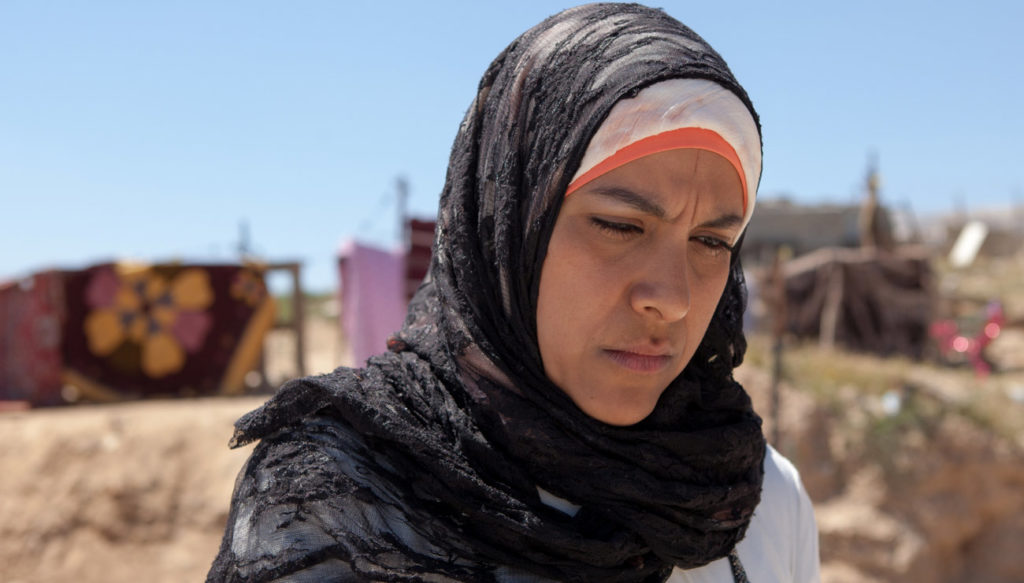
Layla’s reluctance to leave is an inner struggle between her duty as a Bedouin woman and her desire to take her life into her own hands. This inner conflict is also seen in her mother, who defies her husband and her duties in the small ways she can, such as refusing to take down a line of clothes to let her husband through when he returns from his honeymoon.
It feels inevitable that Layla’s fate won’t differ from that of her mother’s. She, like her mother, and her mother’s mother, are duty-bound to set an example for the next generation of what is expected of them. They don’t have the luxury to put their own needs above anything—or anyone—else. While her father can invite a much younger wife into their family and build a nice, new home for her despite his current family suffering from poverty; Layla and her mother simply cannot disrupt the order of their lives.
It would be easy to say her father is selfish, and thus off the hook from the rigid struggle of tradition and culture. But of course, that would simply be too easy. Suliman is portrayed as a rather weak character—his wife and daughter often criticize him for doing what he “has” to do. His reputation seems to be that he is a man that makes mistakes as he is on the verge of economic ruin. We see this in the scene between Suliman and the father of a boy in the village where we hear Layla’s potential arranged marriage would be an economically sound business transaction for him.
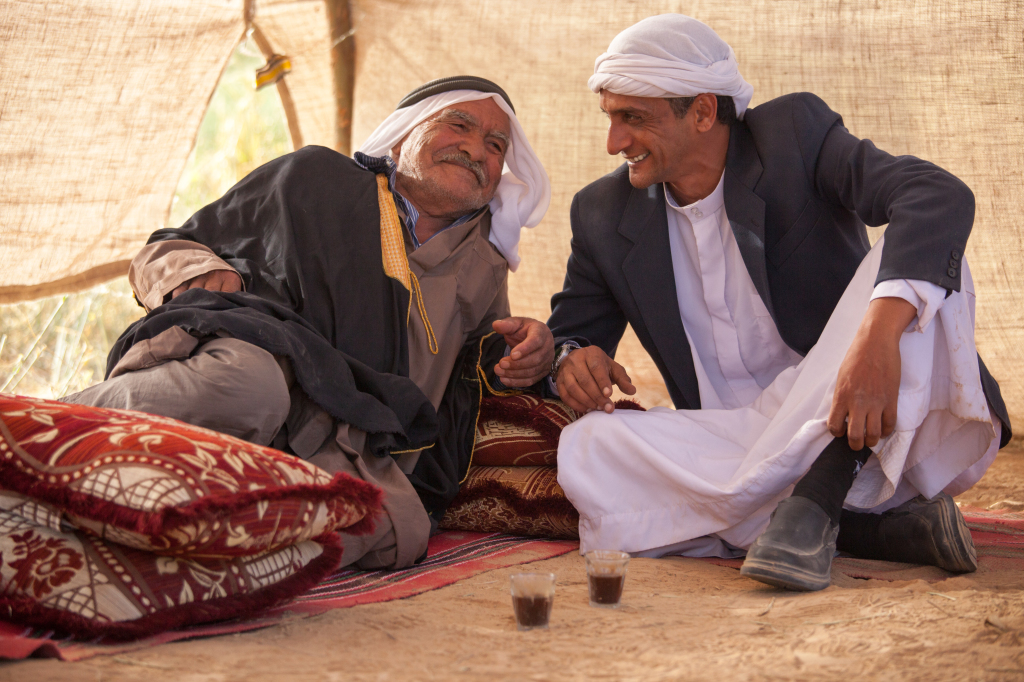
When Jalila discovers his intention to wed Layla and the meek, unattractive son of one of the men in the village, she laments his decision-making, telling him to “be a man for once and do the right thing.” It is this very concept—being a man— that leads Suliman to this decision in the first place. It is hinted that Layla’s marriage, like many of Suliman’s decisions, comes from a place of doing what he is told, not what he thinks is best. Suliman constantly repeats the line, “I didn’t have a choice.” Layla tries to tell him, in vain, that there is “always a choice.” This, of course, is not technically true for any of them. Suliman is bound to his duties as a Bedouin man just as Layla and her mother are bound to theirs. The notion that Suliman has a choice is ultimately an illusion. He is expected to lead his family, and that includes disciplining them when they disobey, so as to not upset the familial hierarchy.
When Jalila is temporarily banished from their home for rudely speaking out against her husband, she briefly stays with her parents. During an important scene between Jalila and her mother, Jalila has a bit of a Freaky Friday moment as she bemoans, “You are never on my side.” To which her mother hastily replies, “I am always on your side!” It is at this moment that the audience realizes Jalila, not Suliman, is the one who has been looking out for Layla all this time. The pressure she feels to uphold tradition is turned onto her daughter, whom she knows is expected to behave a certain way or else face banishment. Unfortunately, as a keeper of their faith and culture, Jalila must keep Layla in line, as it is part of her duty. This inevitably leads to the resentment Layla feels towards her mother, as well as Jalila’s resentment towards her own mother; creating a vicious cycle that is doomed to repeat endlessly.
It’s a story we’ve heard over and over again, told in many different ways. We know what is going to happen in the end, yet we still hold on to this sense of hope that maybe, just maybe, Layla will be the one to do things differently. We’d like to think that if we were in her shoes, we would choose our own happiness over the rigidity of gender norms and tradition. The reality, however, is that that “choice” is a privilege most cannot afford. The price is simply too high.
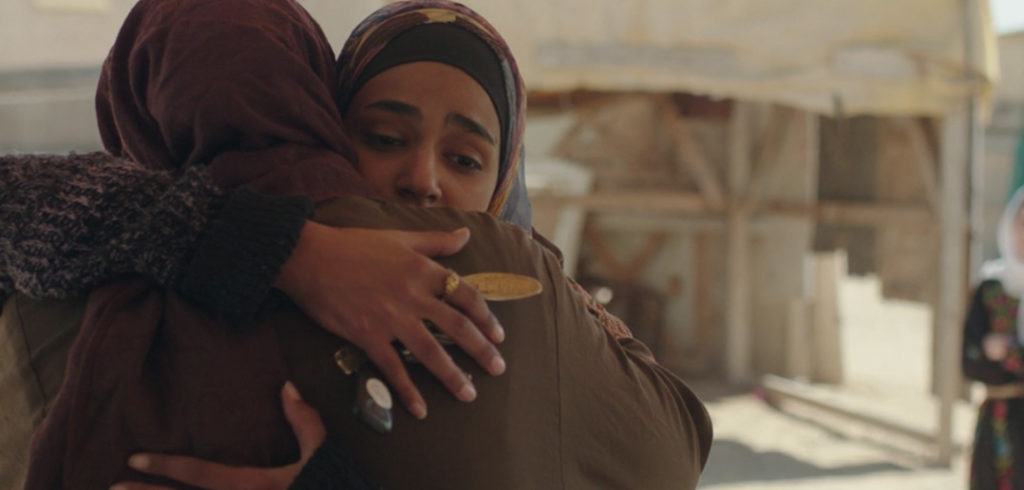
This is why even when her mother finally attempts to break the cycle by allowing Layla to run away; we aren’t surprised when Layla finds that she can’t. It’s a heartbreaking scene that feels authentic to this story, demonstrating the power of familial and cultural ties, and how they can often trap us into harmful patterns, making change feel impossible. While Layla may have been the one driving at the beginning of the film, the reality is she is not in full control of her life. As the film ends with her marriage to the village dope, it is further disheartening to see her younger sister, who had been a spirited girl, filled with youthful innocence throughout the 1 hour and 27-minute running time, observing Layla through a window on her wedding night. We, as the audience, know what’s in store for her—and there is a look of hopelessness in Layla’s eyes as she stares at her younger sister, fully aware she will be resigned to the same fate.
About the Director
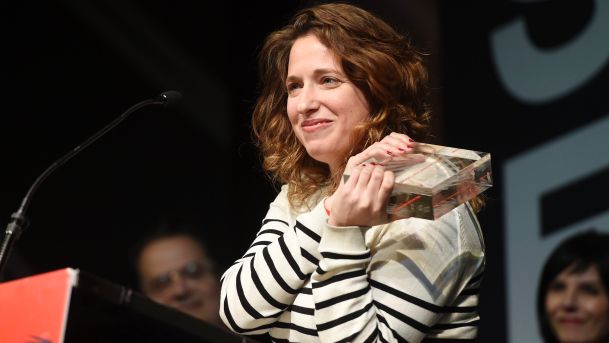
The messages in Sand Storm are as old as Bedouin culture itself. It’s universally relevant, sympathetic, and feels real enough to make us a little bit uncomfortable. While the director isn’t Bedouin herself, it is clear she did her homework when making Sand Storm. Elite Zexer is an Israeli filmmaker who made waves at the Ophir Awards for Best Director, Best Feature Film, and the 2016 Sundance Film Festival for World Cinema Grand Jury Prize. Zexer revealed in an interview with the European Film Academy her commitment to authenticity during the production of the film. Zexer was first introduced to the Bedouin community through her mother, a photographer that spent many years photographing in a Bedouin village. She developed close friendships with the people in the village and it was through these friendships that Zexer became inspired to tell many of the young women’s stories through film. She interviewed many different women over the course of several years, learning as many perspectives as she could before making the film.
In addition to her many conversations with Bedouin men and women, Zexer made sure she was always surrounded by people who would help make the film as authentic as possible. She cast actors that looked the part (she could not cast real Bedouin women, as filming them is not allowed), translators, and dialect coaches to help the actors correctly speak Bedawi Arabic (a common dialect for Bedouin Arabic), a cultural advisor on set 24/7, and she shot in the actual villages so if there was ever a mistake when filming, there were people who would correct it immediately on set.
Sand Storm is a labor of love, understanding, and a testament to anyone who has ever felt torn by their conflicting identities, responsibilities, and personal desires. It is available to watch on Netflix.
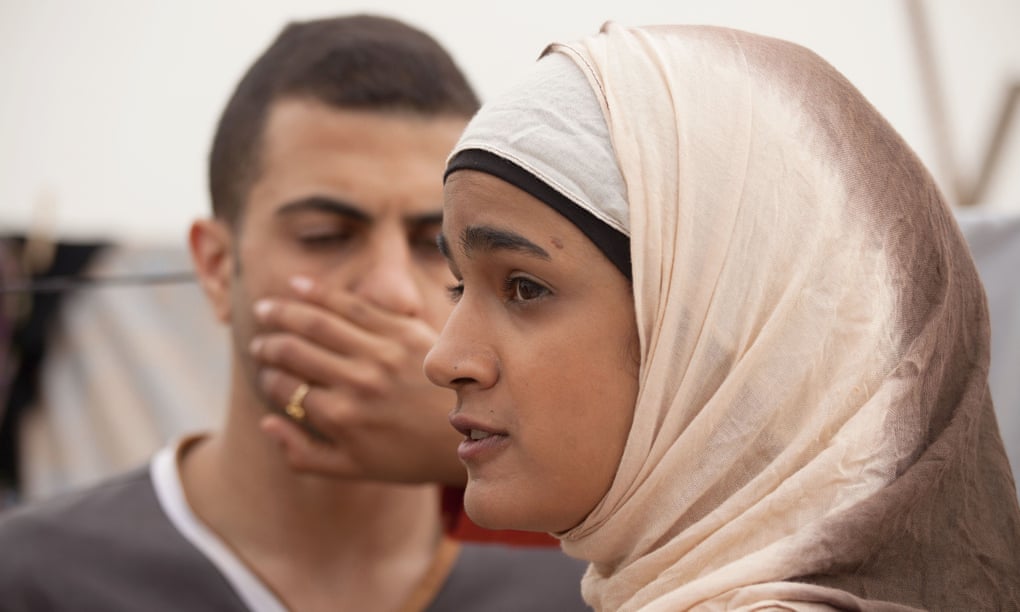
Comments